
In a summer that has pretty much been film-free, the first true blockbuster is busting more than our block. Movies have always been an escape, but with the release of Mulan on Disney+ this past Friday, it is a reminder of what was and of what what will be again… normalcy.
For star Jun Yu, who plays Cricket in the film, Mulan is an experience that goes well beyond the official run time.
“I learned so much and gained so many beautiful memories with everyone,” he said in an exclusive interview with TrunkSpace.
We recently sat down with Yu to discuss who he is most excited to have see the film, his love for music, and why he has taken up ceramics.
TrunkSpace: As far as debuts go, you’re coming out firing on all cylinders! What does it feel like to be kicking your film career off with such a big, anticipated project?
Yu: I’m truly honored to be a part of such an important and special film. I am really excited to share all the work we’ve done with the world, but mostly I cannot wait for my mother to see what her love and support has created.
TrunkSpace: As mentioned, Mulan is your first project, but in addition to that, it was also your first audition. With so many firsts on one job, what is the biggest lesson/takeaway from your experience shooting the film that you’ll keep with you throughout your career moving forward?
Yu: I’d probably say that you can never be afraid to fail and to enjoy the journey.
TrunkSpace: In the film you place Cricket. Without giving away any spoilers, what do you think audiences are going to love most of all about the character when they sit down to watch the film?
Yu: I hope they enjoy the innocence Cricket helps bring to the world of Mulan. Cricket is shy and naive, but with a little luck, he finds a family.
TrunkSpace: For fans, the final product of a film or series is always the most memorable part, but for those involved in a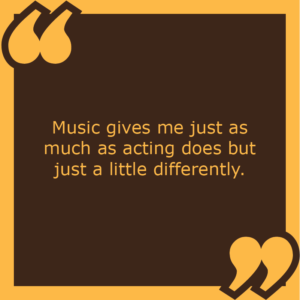 project, we’d imagine it goes much deeper than that. For you, what is something about your time working on Mulan that you’ll carry with you through the course of your life?
project, we’d imagine it goes much deeper than that. For you, what is something about your time working on Mulan that you’ll carry with you through the course of your life?
Yu: Mulan will forever be the starting pistol that kicked off my career. I learned so much and gained so many beautiful memories with everyone. I will always carry the love everyone on the project shared with me.
TrunkSpace: You’re also a musician and rapper. What does music offer you creatively that acting alone can’t achieve?
Yu: I wouldn’t go as far to say that I’m a musician and rapper, but music is something I love to do. Music gives me just as much as acting does but just a little differently. Music gives me confidence in my voice as an artist. I need both in my life and sometimes lessons from one helps me reach higher levels in the other.
TrunkSpace: Where are you hardest on yourself as an actor/artist and how do you overcome those insecurities when they make an appearance?
Yu: I’m a pretty big perfectionist, who tends to fixate on minute details. I’m trying to overcome the fear of failure. Because of this, I’ve actually taken up ceramics!
TrunkSpace: Time machine question. If you could jump ahead 10 years and get a glimpse of what your career looks like a decade from now, would you take that journey? If not, why?
Yu: No, I would not. To me, the fun part about life is the adventure off into the unknown. I’m going to want to enjoy this ride.
Mulan is available now on Disney+.


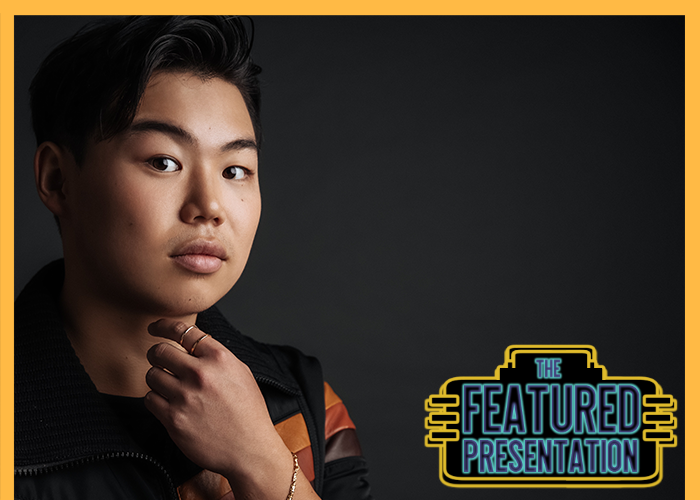



 TrunkSpace: Is it possible to overthink a song? Can a songwriter tinker so much that the breath of the song is exhaled?
TrunkSpace: Is it possible to overthink a song? Can a songwriter tinker so much that the breath of the song is exhaled?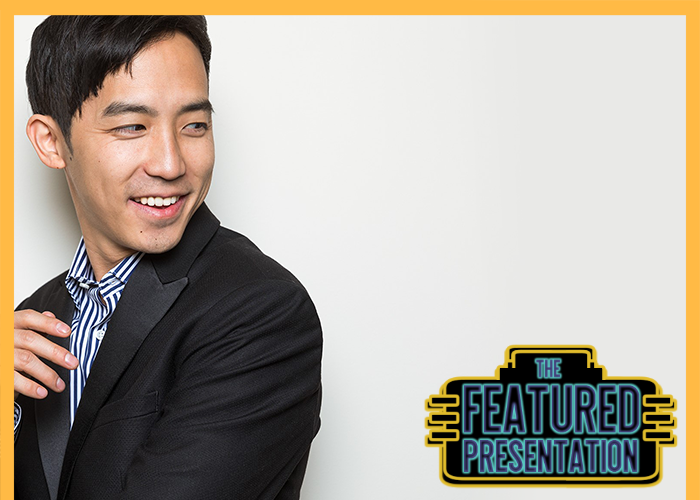

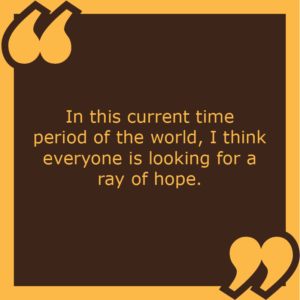
 At the same time, you have the entire backing of a studio like Disney, that is going to ensure that no matter what, when you watch this movie, you’re still going to be – if you are a fan of the original – you will be reminded of it, but not in a way that takes away from the vision of the director. So I think that’s all, again, a combination of a lot of factors that went into a project like this. And typically, the bigger the budget, the less control you feel that directors and the crew have. But in this case, Niki really had such a grand vision, and a specific way that she wanted to tell this story, and all the research that they put into it as well… the end product stands on its own as this incredible piece of just beautiful cinematography and beautiful storytelling, wonderful score, great sound design, incredible action. If you never saw the original, you wouldn’t be missing it.
At the same time, you have the entire backing of a studio like Disney, that is going to ensure that no matter what, when you watch this movie, you’re still going to be – if you are a fan of the original – you will be reminded of it, but not in a way that takes away from the vision of the director. So I think that’s all, again, a combination of a lot of factors that went into a project like this. And typically, the bigger the budget, the less control you feel that directors and the crew have. But in this case, Niki really had such a grand vision, and a specific way that she wanted to tell this story, and all the research that they put into it as well… the end product stands on its own as this incredible piece of just beautiful cinematography and beautiful storytelling, wonderful score, great sound design, incredible action. If you never saw the original, you wouldn’t be missing it.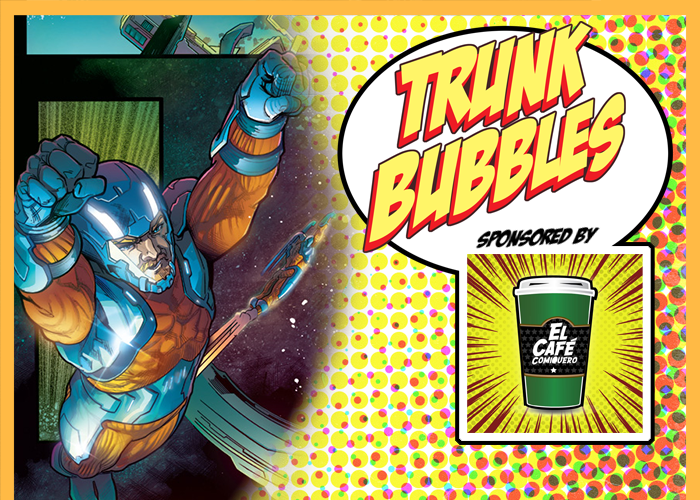
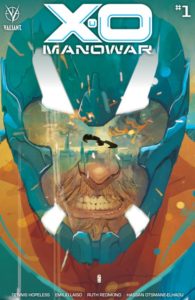 Trunk Bubbles Review: X-O Manowar (Vol 5) #1
Trunk Bubbles Review: X-O Manowar (Vol 5) #1

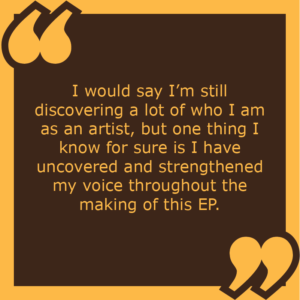
 TrunkSpace: What could someone learn about you as both an artist and as a person in sitting down to listen to Second Movement, front to back?
TrunkSpace: What could someone learn about you as both an artist and as a person in sitting down to listen to Second Movement, front to back?
 Song Title: Shine Like A Friend
Song Title: Shine Like A Friend
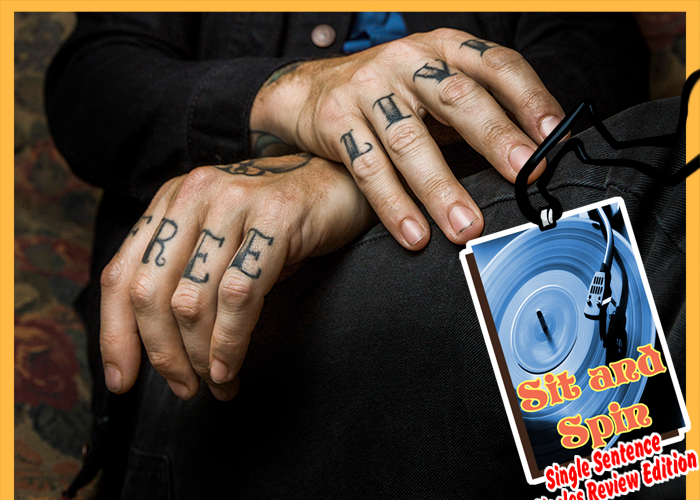
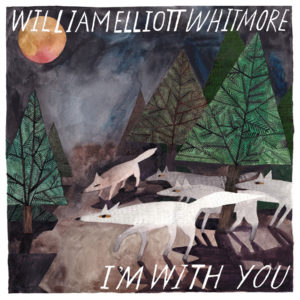 Song Title: My Mind Can Be Cruel to Me
Song Title: My Mind Can Be Cruel to Me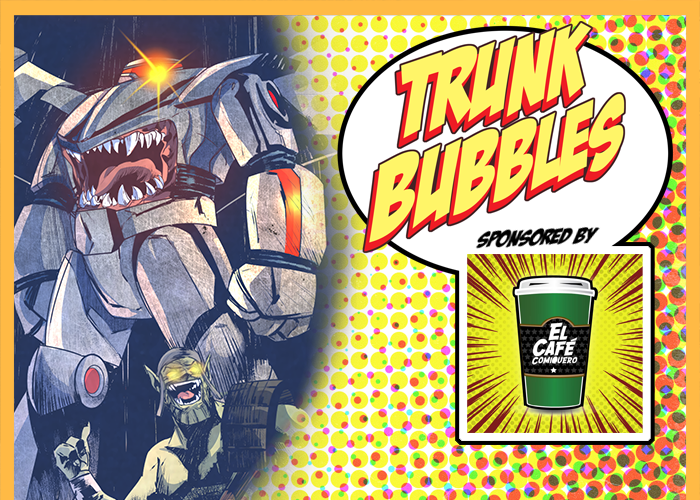
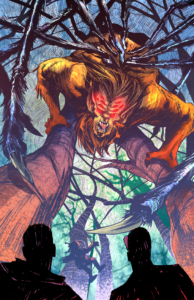 Name
Name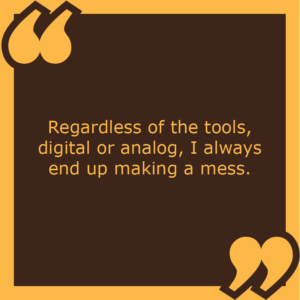
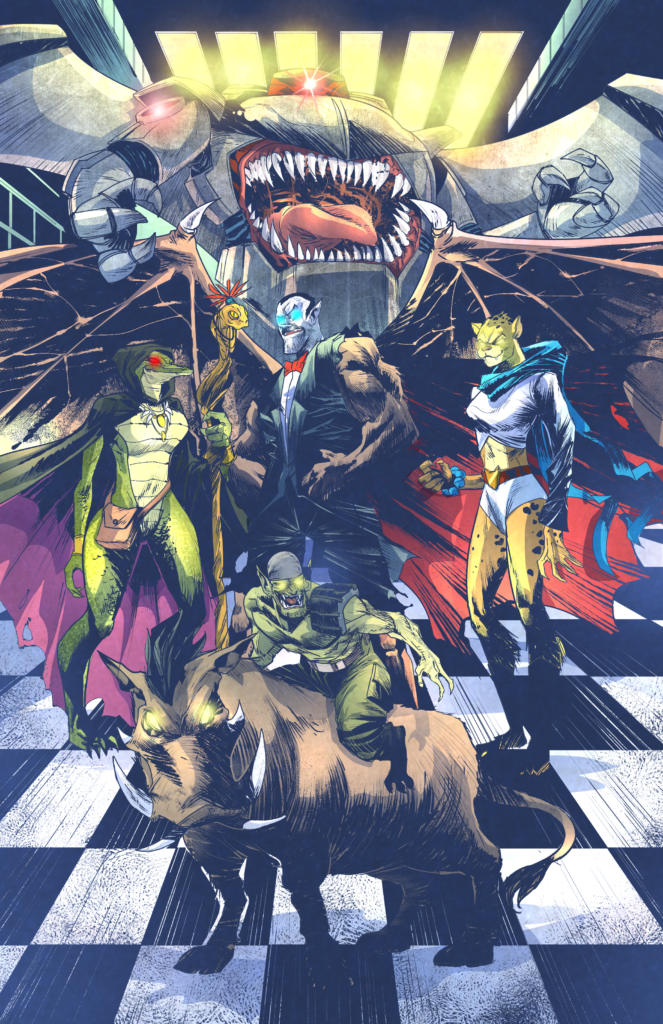
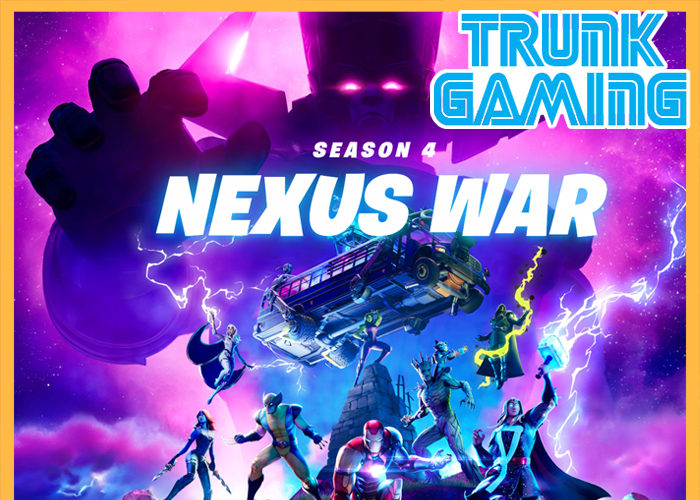
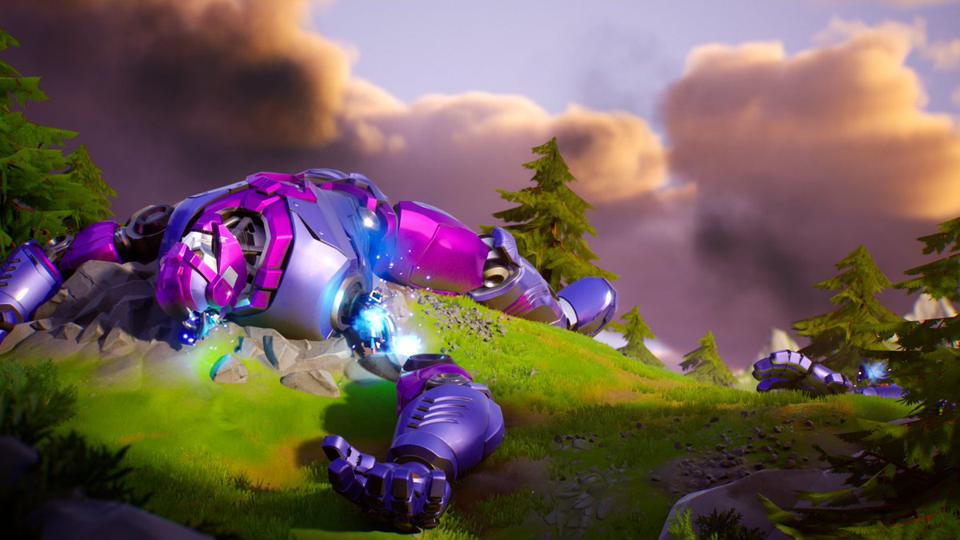

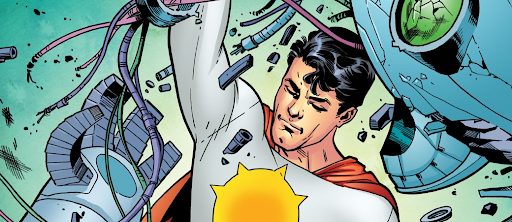
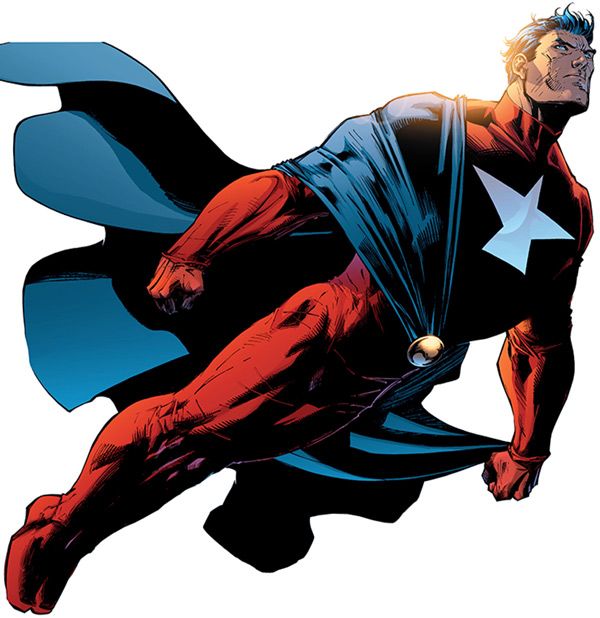 4. SAMARITAN
4. SAMARITAN 3. OMNIMAN
3. OMNIMAN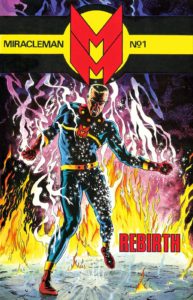 2. MIRACLEMAN
2. MIRACLEMAN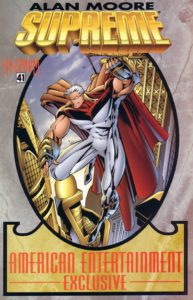 1. SUPREME
1. SUPREME